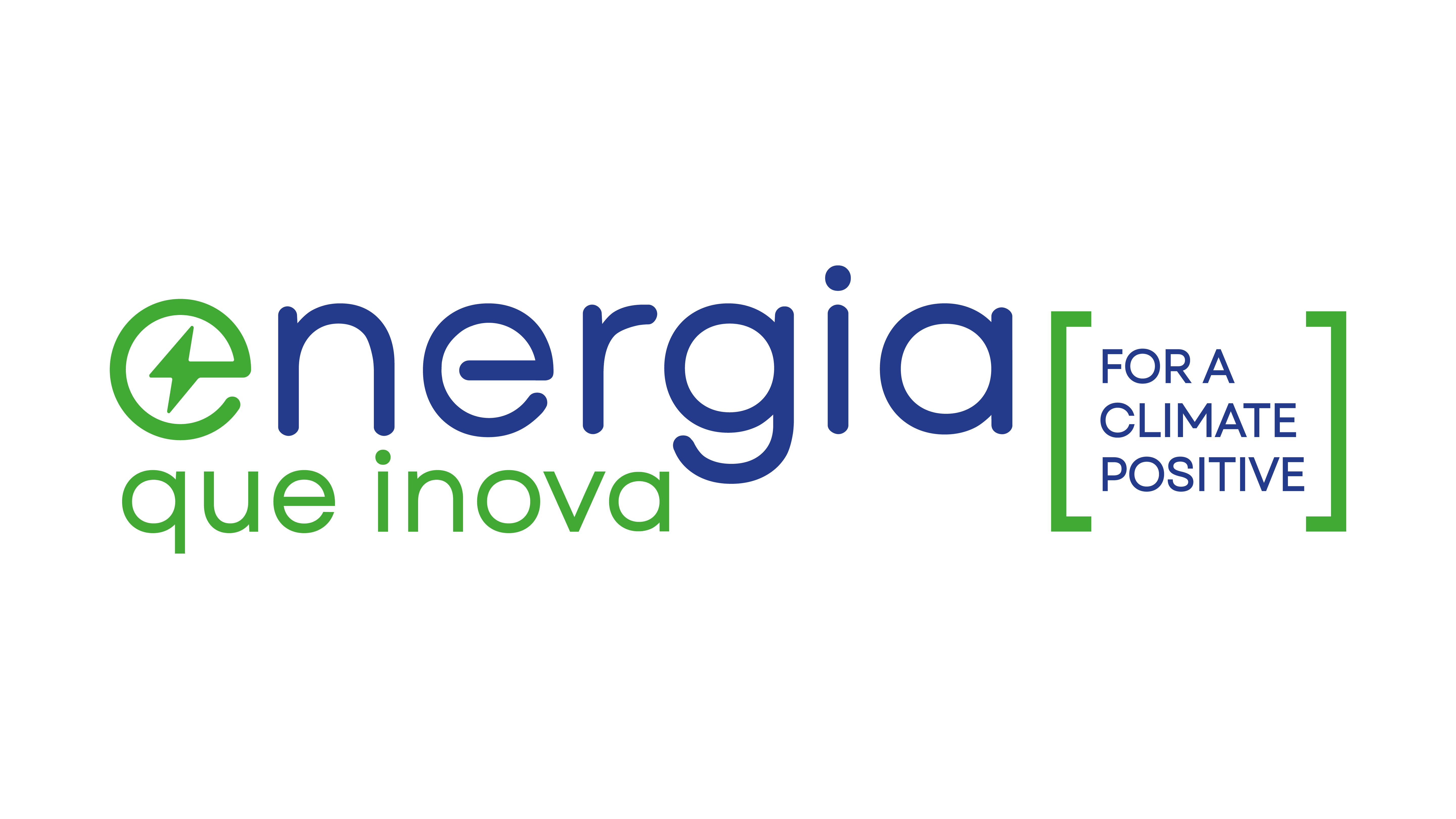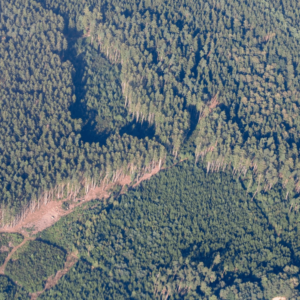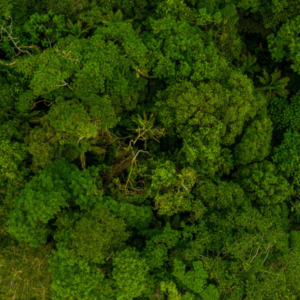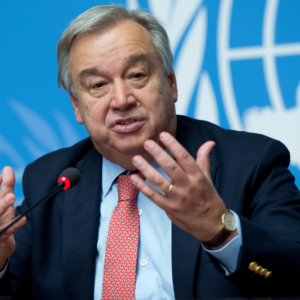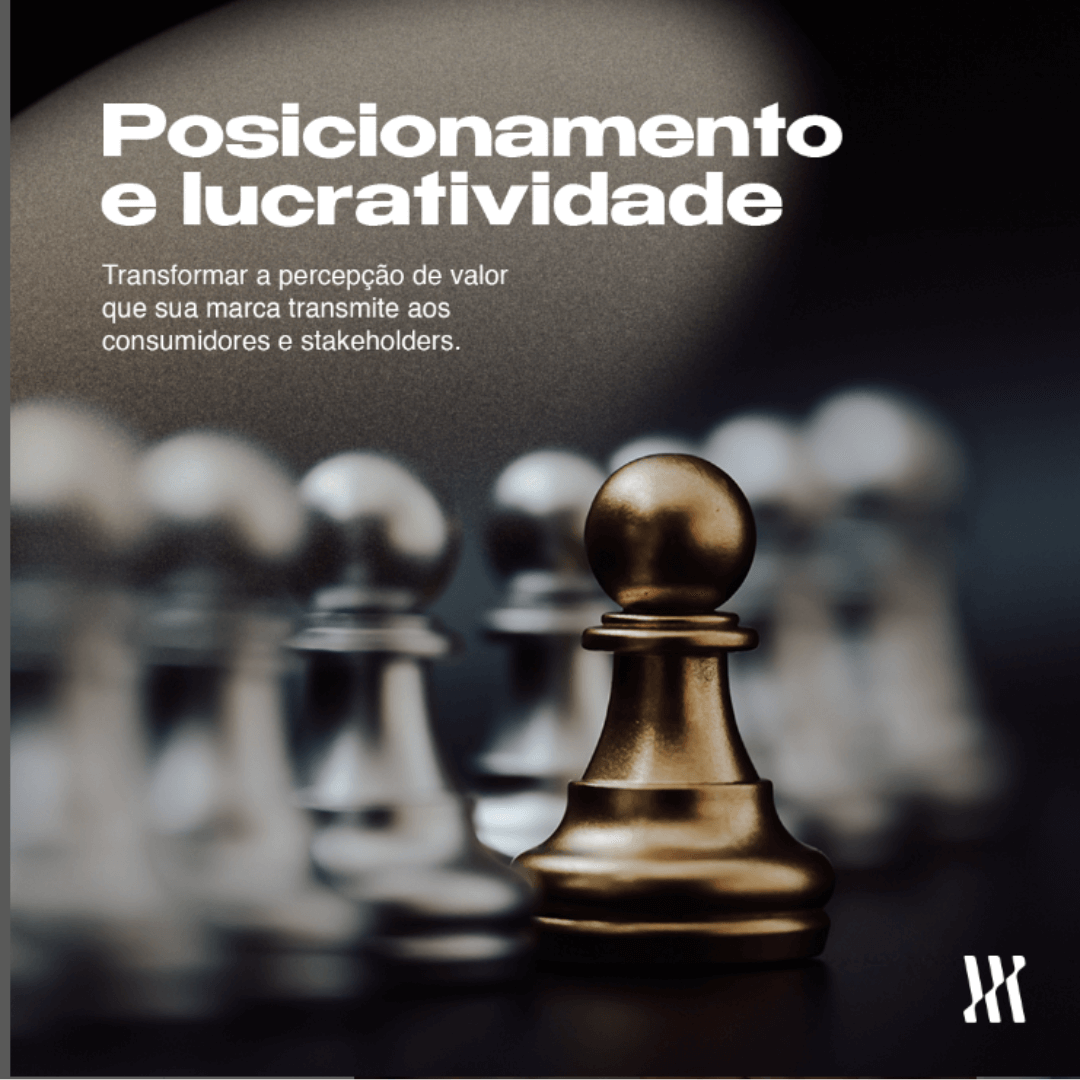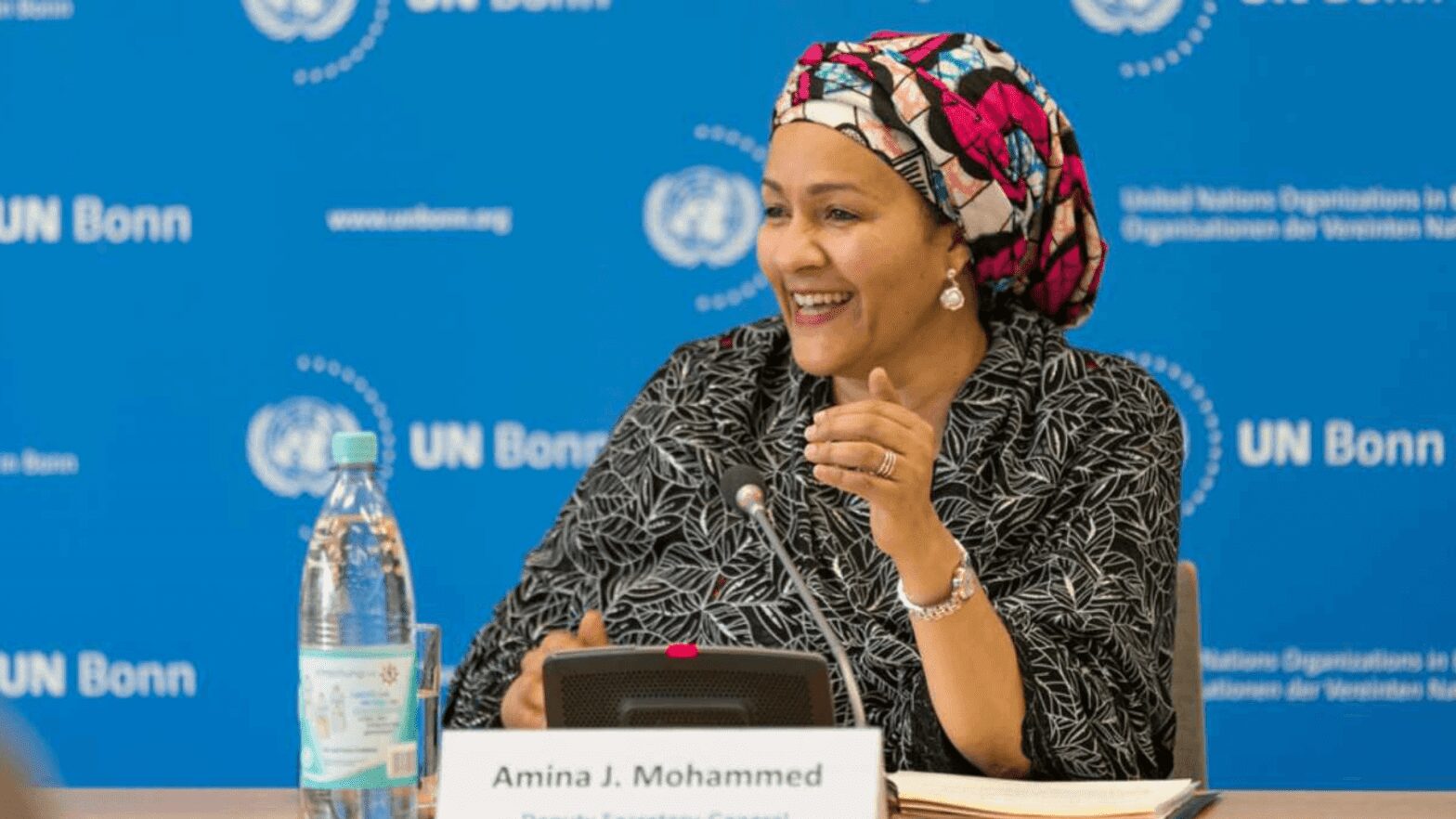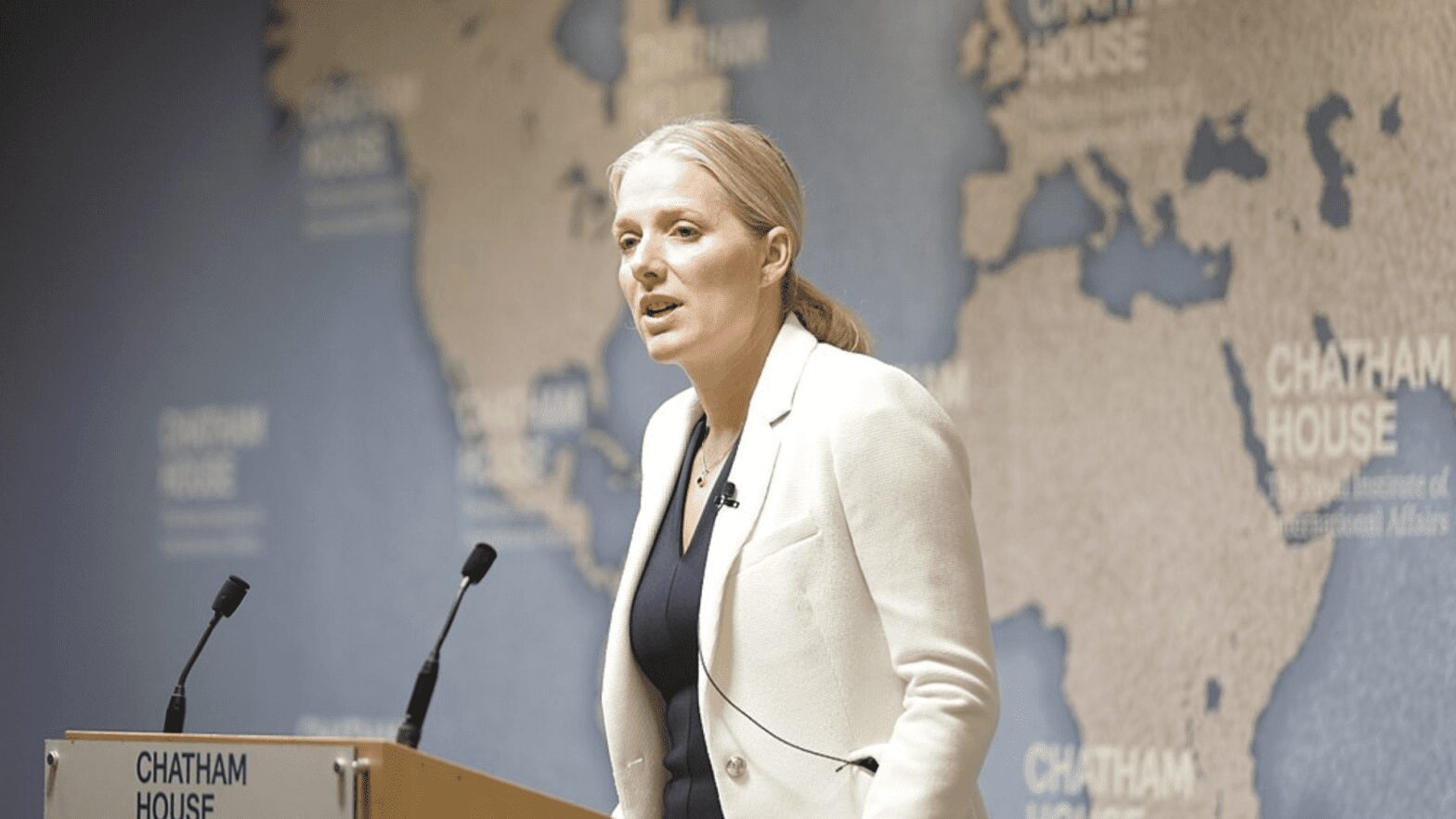A set of economic models – developed by several Brazilian institutions such as WRI Brazil and the Energy Laboratory – was used to project different scenarios for the economy of the Legal Amazon (AML) in 2050. Under the guidance of the Paris Agreement, which advocates zero deforestation, the expansion of the bioeconomy, forest restoration and the adoption of agricultural and energy practices of low carbon emission, the so-called scenario New Economy of the Amazon (NEA) emerged as the most promising in economic terms.
The New Economy of the Amazon (NEA), a pioneering project led by WRI Brasil in collaboration with Brazilian research institutions from different regions, emerges as a driving force in the ecological and economic transition in the country. Recognizing the need to promote economic and social development in harmony with climate mitigation, NEA aims for profound transformations in the economy, where the Amazon plays a central role in this change.
The NEA report outlines a scenario of strategic investments aimed at the conservation and expansion of natural resources, the strengthening of the bioeconomy, and the adaptation of agricultural practices and the energy matrix towards low carbon emissions in the Legal Amazon (AML). The impact of these structural changes is not limited to the Amazon region, but reverberates throughout the Brazilian economy, propelling the country towards complete decarbonization.
NEA represents an unprecedented collaborative effort, bringing together different economic models developed by renowned research groups in Brazil. Through a combination of advanced econometric techniques, general equilibrium modeling, dynamic optimization and input-output matrices, the initiative provides a comprehensive analysis of the current AML economy and outlines diverse scenarios for the region's economic future.
This innovative work provides an in-depth view of the distinct characteristics of the AML, addressing its regional particularities, trade flows, inputs, products, emissions and correlated deforestation. Through this robust analysis, NEA offers a viable ecological and economic transition plan that not only benefits the Amazon region, but has the potential to be an inspiring model for the decarbonization of the Brazilian economy as a whole.
According to the results released by WRI Brasil, the NEA scenario presents a Gross Domestic Product (GDP) in 2050 R$ 40 billion higher than the reference scenario. Furthermore, it is estimated the creation of 312,000 additional jobs and an increase of 81 million hectares of forests, contributing to an increase of 19% in the carbon stock. The research was a cooperation of teams from WRI Brasil and The New Climate Economy and was carried out in partnership with more than 75 researchers from various regions of the country.
To finance the transition to the NEA, it is estimated that investments corresponding to 1.8% of national GDP per year would be required, compared to 1% per year in the baseline scenario. Of the additional amount of R$ 2.56 trillion, R$ 442 billion would be allocated to low-carbon agriculture and livestock, R$ 217 billion to the bioeconomy and restoration, R$ 410 billion to the energy matrix and R$ 1.49 trillion for infrastructure.
The importance of the Legal Amazon would transcend its own geographic region, being seen as a central catalyst for the decarbonization of the Brazilian economy. Given its vastness and biological richness, the Amazon has the potential to significantly contribute to global emission reduction targets, in line with the principles of the Paris Agreement.
The Legal Amazon, which covers about 60% of Brazilian territory, is recognized for harboring the largest tropical forest in the world and playing a vital role in global climate regulation, in addition to being home to diverse indigenous communities and unique biodiversity. However, decades of deforestation have compromised its ability to sequester carbon and provide essential ecosystem services.
The NEA scenario proposed by the New Amazon Economy (NEA) initiative, the result of collaborations between WRI Brasil and several Brazilian research institutions, aims to promote sustainable economic and social development, aligned with climate mitigation objectives. Through investments in the conservation of natural resources, in the expansion of the bioeconomy and in the adoption of low-carbon practices in agriculture and the energy matrix, the aim is to guarantee a more robust and resilient economy in the future.
NEA's approach combines advanced econometric techniques, general equilibrium models and dynamic optimization to create realistic scenarios for the future economy of the Legal Amazon. In addition, the need to consider financial and resource flows between the Amazon region and the rest of Brazil is highlighted for a successful transition.
Sustainable Bioeconomy in the NEA: Development in Tune with the Forest and Rivers
In the context of the New Economy of the Amazon (NEA), the bioeconomy emerges as a powerful transformation tool, aligned with the preservation of ecosystems and the strengthening of local communities. This economic approach, proposed by the NEA, seeks a development that respects the biome's biocapacity, avoiding ruptures in the delicate ecological balances that sustain the health of the forest and rivers. A bioecological bioeconomy is proposed, which harmonizes tradition and innovation, allowing economic activities to flourish without harming complex natural systems.
In the search for this harmony, the bioeconomy in the Amazon region is designed to coexist with the standing forest and flowing rivers, allowing economic activities to integrate with the biome's biocapacity. The NEA report highlights the importance of the bioeconomy as an engine of local economic dynamism. Even with challenges in collecting data and tracking informal activities, the vigor of the bioeconomy in the Legal Amazon is already evident, with an annual Gross Production Value (GPV) of R$ 15 billion.
The application of advanced methodologies, such as the Input-Output Matrix of Alpha Accounts (IPM-Alpha), reveals that the bioeconomy not only plays an essential role in the current scenario, but becomes a vital component in the scenario of transition to NEA. With optimistic projections, the GDP of the bioeconomy in the AML could reach R$ 38.5 billion in 2050, representing around 2.8% of the regional GDP and employing approximately 947 thousand people. In the context of a continuity scenario (REF), the potential of the bioeconomy approaches R$ 22.3 billion, generating around 592 thousand jobs.
This bioeconomy perspective, based on inclusive, diversified and local productive arrangements, is the key to a sustainable economic transformation. By valuing local products and knowledge, as well as integrating traditional practices and technological innovations, NEA seeks to drive robust and equitable growth. The bioeconomy also plays a crucial role in generating essential ecosystem services that underpin agricultural productivity and other productive activities.
The richness and diversity of the Amazonian bioeconomy are based on ancestral knowledge and deep interaction with the forest. With food, medicine and materials coming from a wide variety of species, the Amazon bioeconomy stands out as a viable and resilient alternative. The search for a bioeconomy in tune with the forest and rivers is established as one of the central pillars of NEA, contributing to the construction of a prosperous, sustainable Amazonian economy in harmony with nature.
